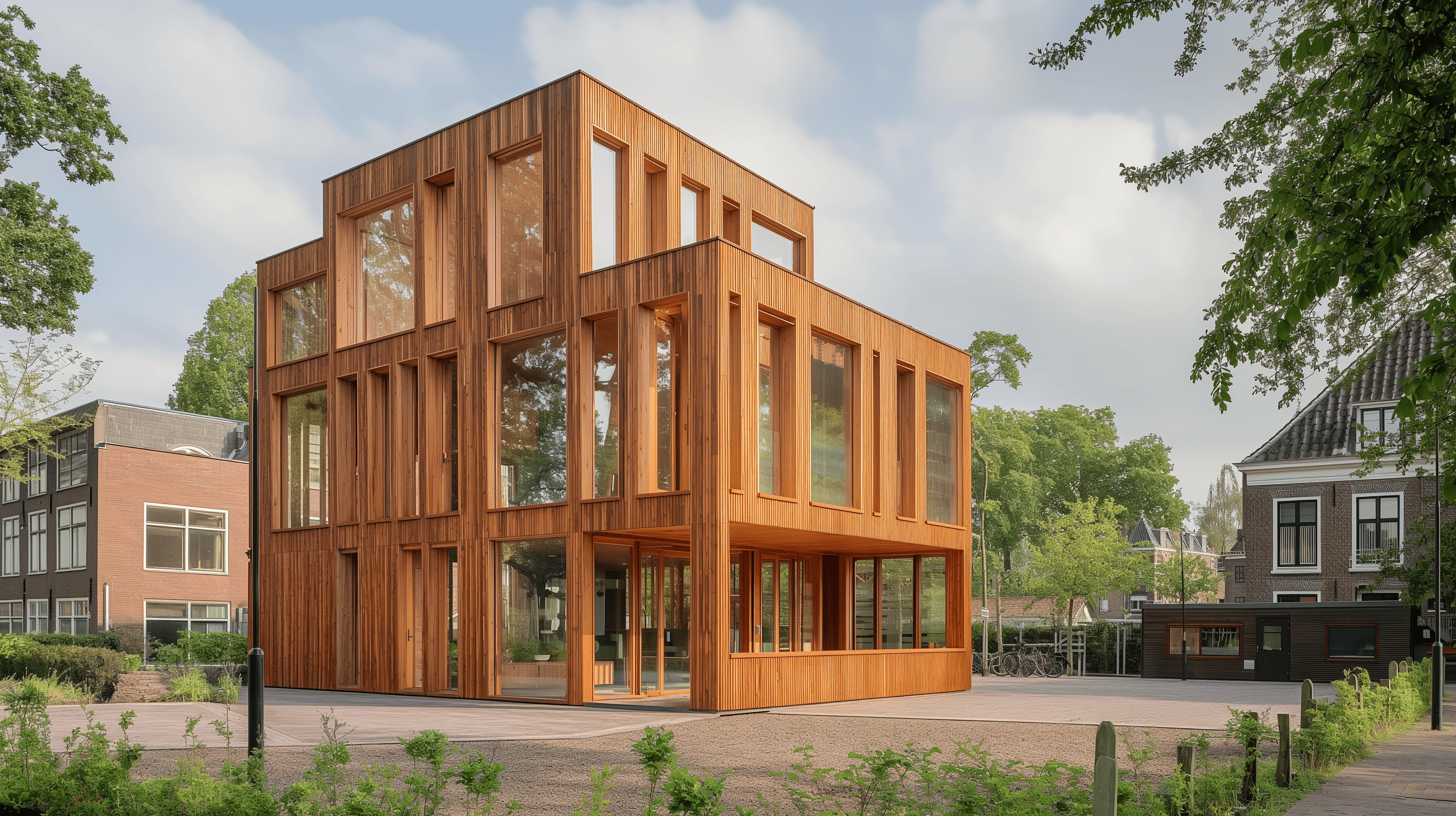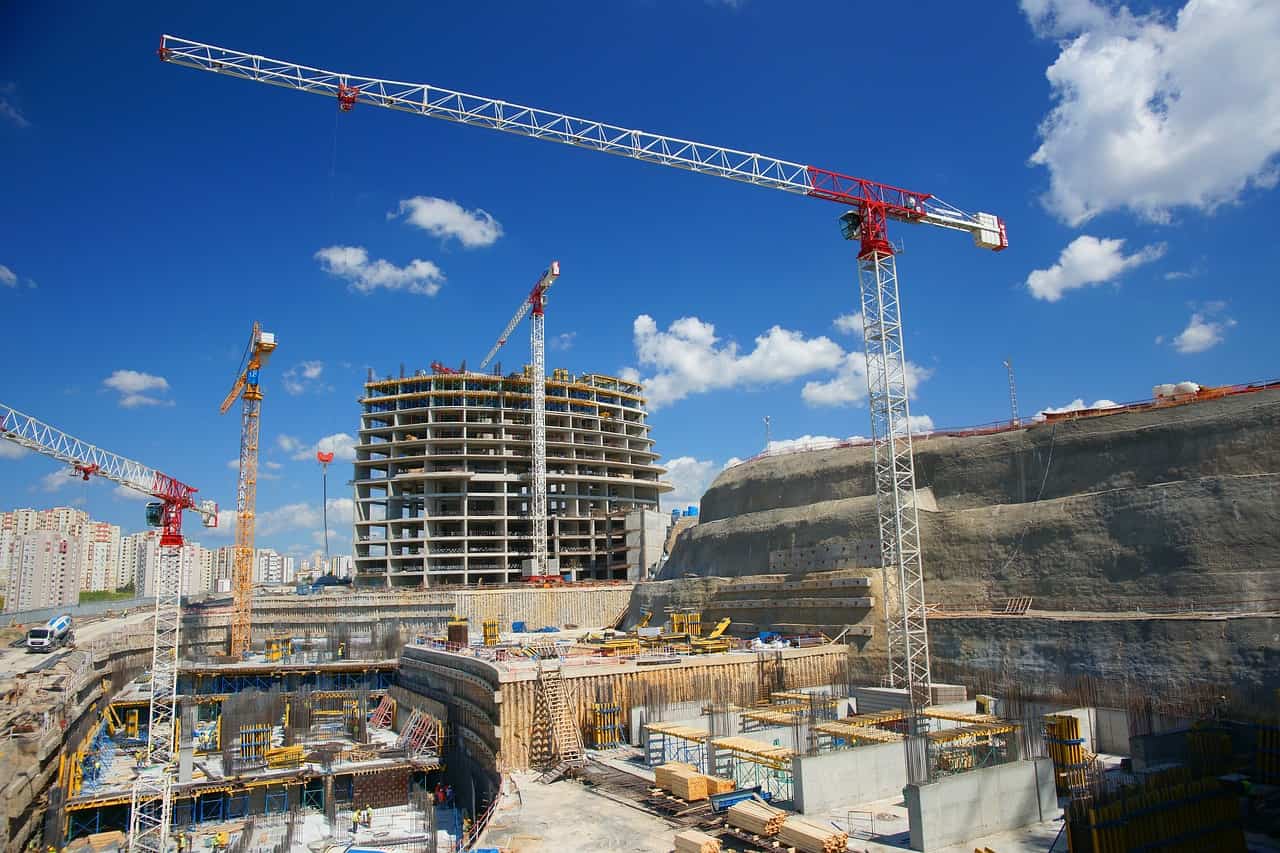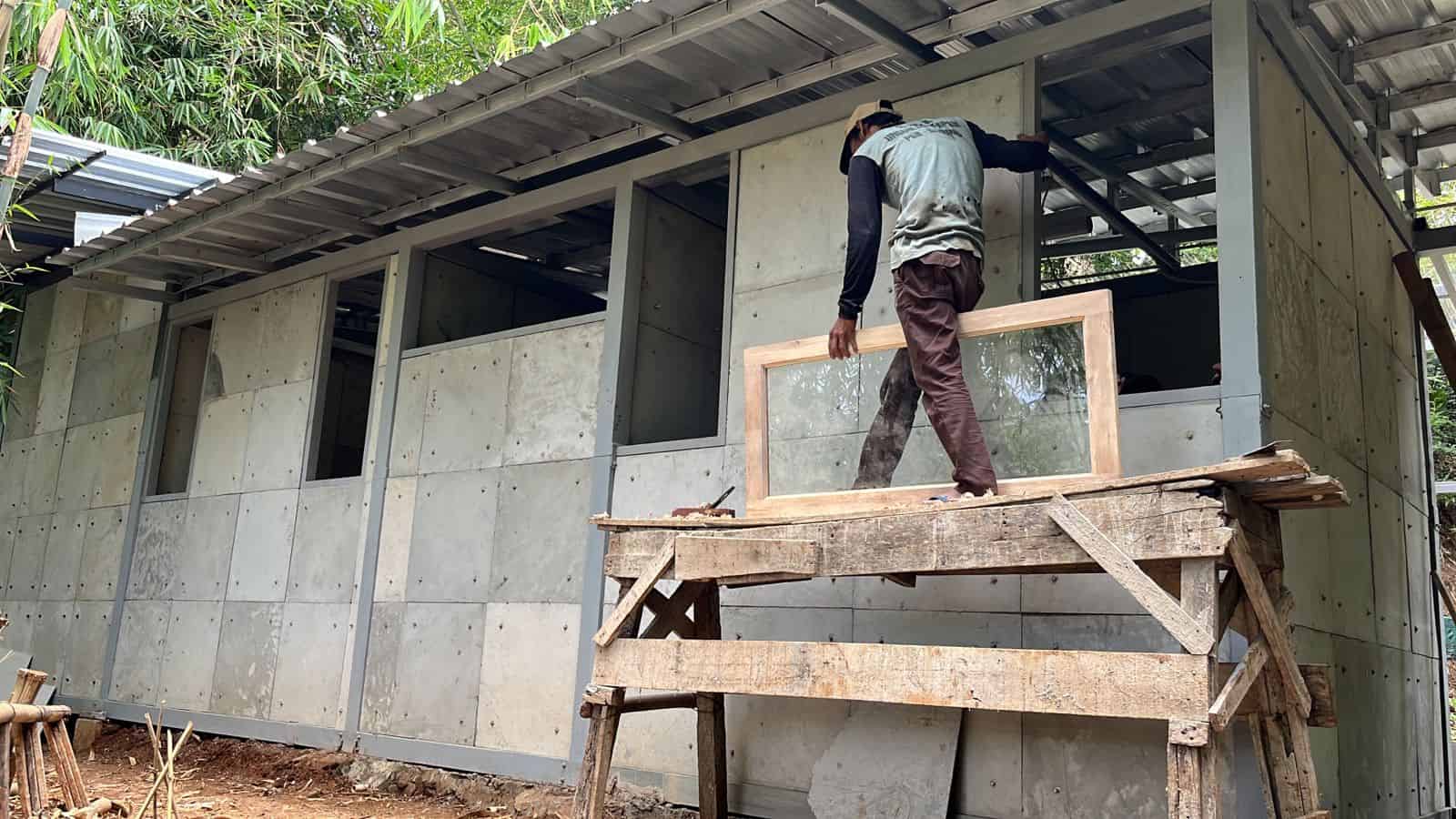
The construction industry is undergoing a green revolution, with innovative bio-based materials leading the charge. From hemp and straw to mycelium and algae, these sustainable alternatives are not just eco-friendly but offer impressive performance benefits. They can reduce carbon emissions, improve insulation, and even self-repair. Research shows bio-based solutions can reduce CO2 emissions by over 320,000 tons by 2050, while improving insulation and acoustics. As research progresses, these materials could transform our built environment, creating buildings that actively contribute to ecological processes and human wellbeing. The future of construction might just grow from the ground up.
Back to the basics
In the Netherlands, an experimental project is leveraging the benefits of biomaterials to construct new homes by 2030. Initiated by fifty stakeholders in the Achterhoek region, this bio-based collaborative project aims to address both sustainability and climate challenges. The materials used—hemp, straw, and loam—are known for their excellent thermal regulation properties. The project highlights the advantages of biobased construction, such as improved insulation and reduced carbon footprint. These materials, however, are 20-30% more expensive than traditional ones, posing a financial challenge to widespread adoption.
To this day, concrete remains a staple in construction due to its strength and durability. However, researchers at TU Delft are pioneering concrete recycling technologies to mitigate the environmental impact. This innovation not only addresses sand scarcity and pollution but also aligns with the goal of creating a circular economy within the construction sector.

Bio-based building blocks
Earth-based materials like rammed earth, cob, and adobe are gaining traction for their sustainability and low environmental impact. These materials naturally support microbial growth, which is the increase in the number of microorganisms such as bacteria and fungi, contributing to ecological balance and promoting biodiversity. These materials can be returned to the Earth at the end of their lifespan, promoting a circular economy.
Fast-growing bio-based materials, including bamboo, flax, and eucalyptus, are being explored as sustainable alternatives. These materials can store more carbon than they release during manufacturing, potentially creating carbon-neutral or even carbon-negative products and contributing to the United Nations Sustainable Development Goals (SDGs).
Despite the benefits, bio-based materials face challenges in terms of commercial viability and regulatory acceptance. Many of these materials are not yet fully tested or certified, which can hinder their adoption. However, governments and research institutions are investing heavily in overcoming these barriers. The European Union, through initiatives like the European Green Deal, is promoting the use of low-carbon materials by funding projects that develop standardized testing and certification processes and supporting research into innovative construction methods like these bio-based composites.









